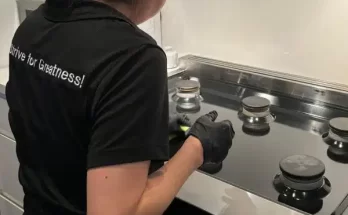Glass bending projects require careful attention to safety to prevent accidents and injuries. Whether you’re working with hot glass in a professional glass bending workshop or attempting DIY projects at home, following safety tips is crucial to protect yourself and others.
Personal protective equipment (PPE):
Wearing appropriate personal protective equipment (PPE) is essential when working with glass. This includes safety glasses or goggles to protect your eyes from flying glass particles and heat-resistant gloves to shield your hands from burns. Additionally, wearing long sleeves and pants made of natural fibers can provide added protection from heat and splashes of molten glass.
Proper ventilation:
Ensure adequate ventilation in your workspace to prevent the buildup of harmful fumes and gases. Working with hot glass can release volatile compounds and toxins, so it’s essential to have proper ventilation to maintain a safe and healthy environment. Open windows, use exhaust fans, or work in a well-ventilated area to minimize exposure to harmful fumes.
Heat source safety:
When heating glass for bending, use appropriate heat sources such as kilns, torches, or heating elements designed for glassworking. Follow manufacturer guidelines and safety instructions for operating heat sources safely. Never leave heat sources unattended, and always turn them off when not in use to prevent accidental fires or burns.
Handling hot glass:
Exercise extreme caution when handling hot glass to avoid burns and injuries. Use tools such as glassblowing pipes, punty rods, or paddles to manipulate and shape the glass while it’s hot. Avoid touching hot glass directly with your hands, and be mindful of the glass’s temperature to prevent accidental contact.
Work area organization:
Keep your work area clean, organized, and free of clutter to prevent accidents and ensure smooth workflow. Store glass materials, tools, and equipment in designated areas to minimize the risk of trips, falls, or injuries. Maintain clear pathways and avoid overcrowding your workspace to facilitate safe movement and operation.
Fire safety:
Have fire safety measures in place to prevent and respond to fires or emergencies. Keep fire extinguishers, fire blankets, and other firefighting equipment readily accessible. Familiarize yourself with emergency procedures and evacuation routes, and ensure all workspace occupants are aware of safety protocols.



